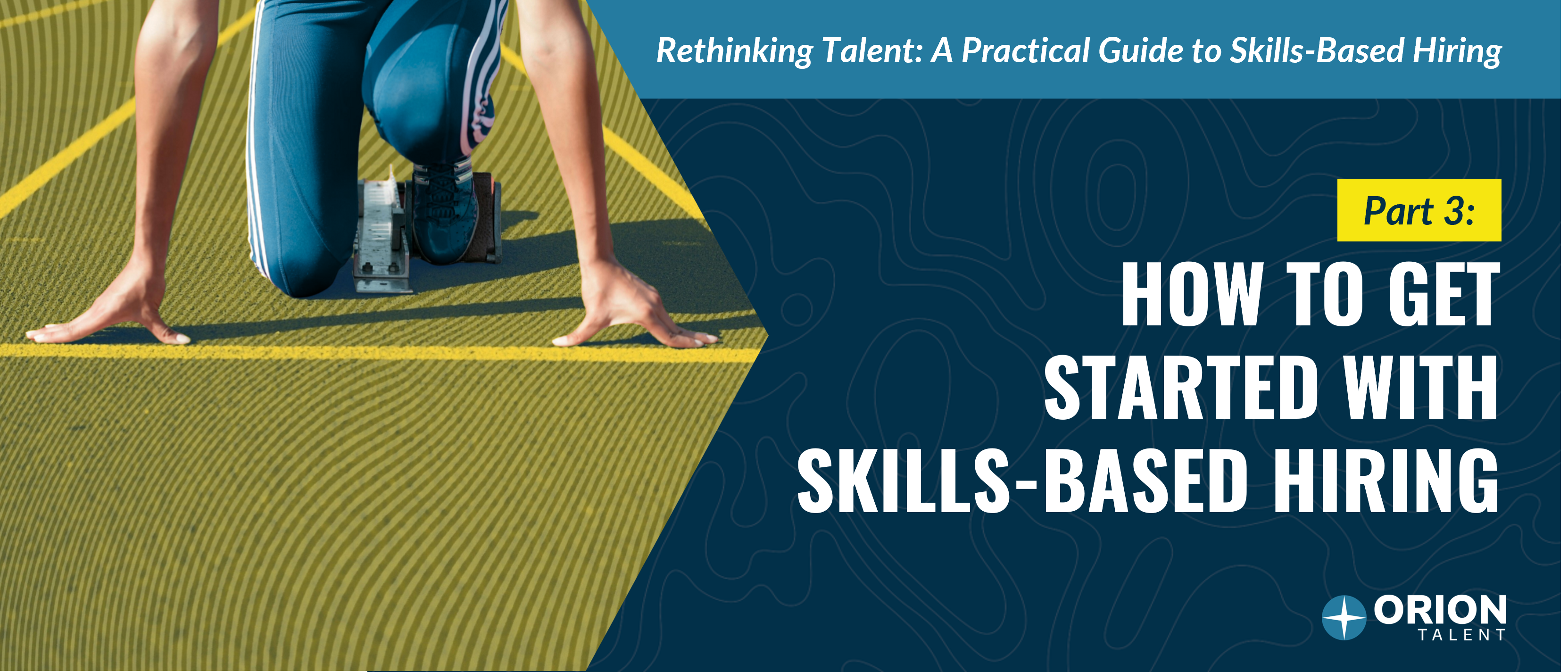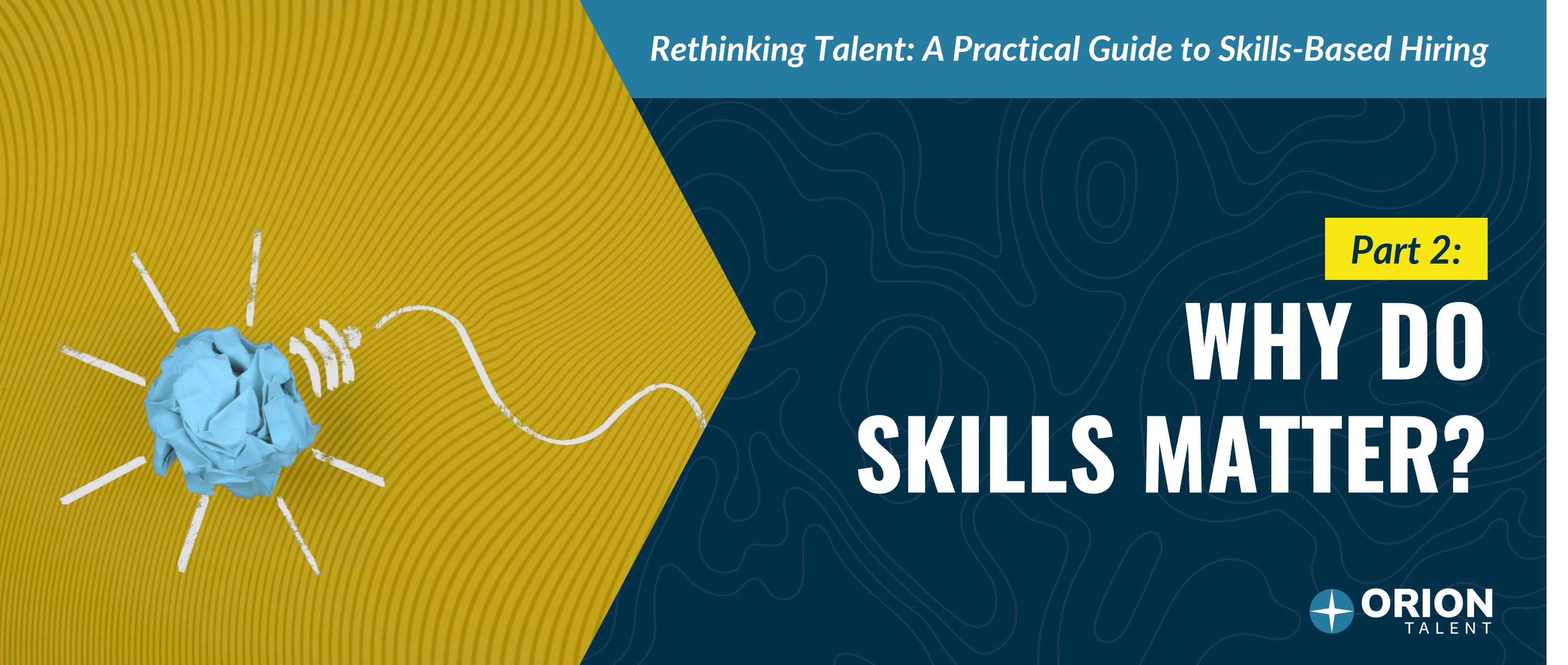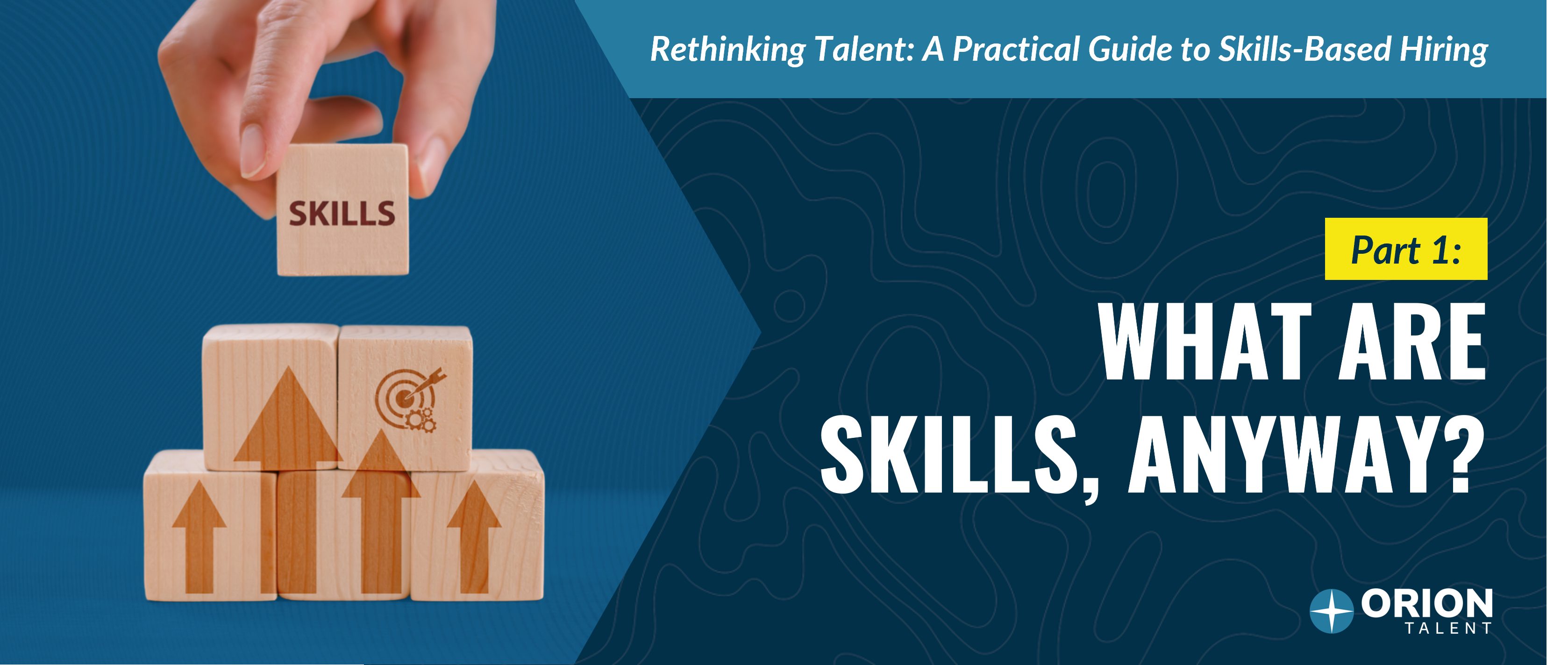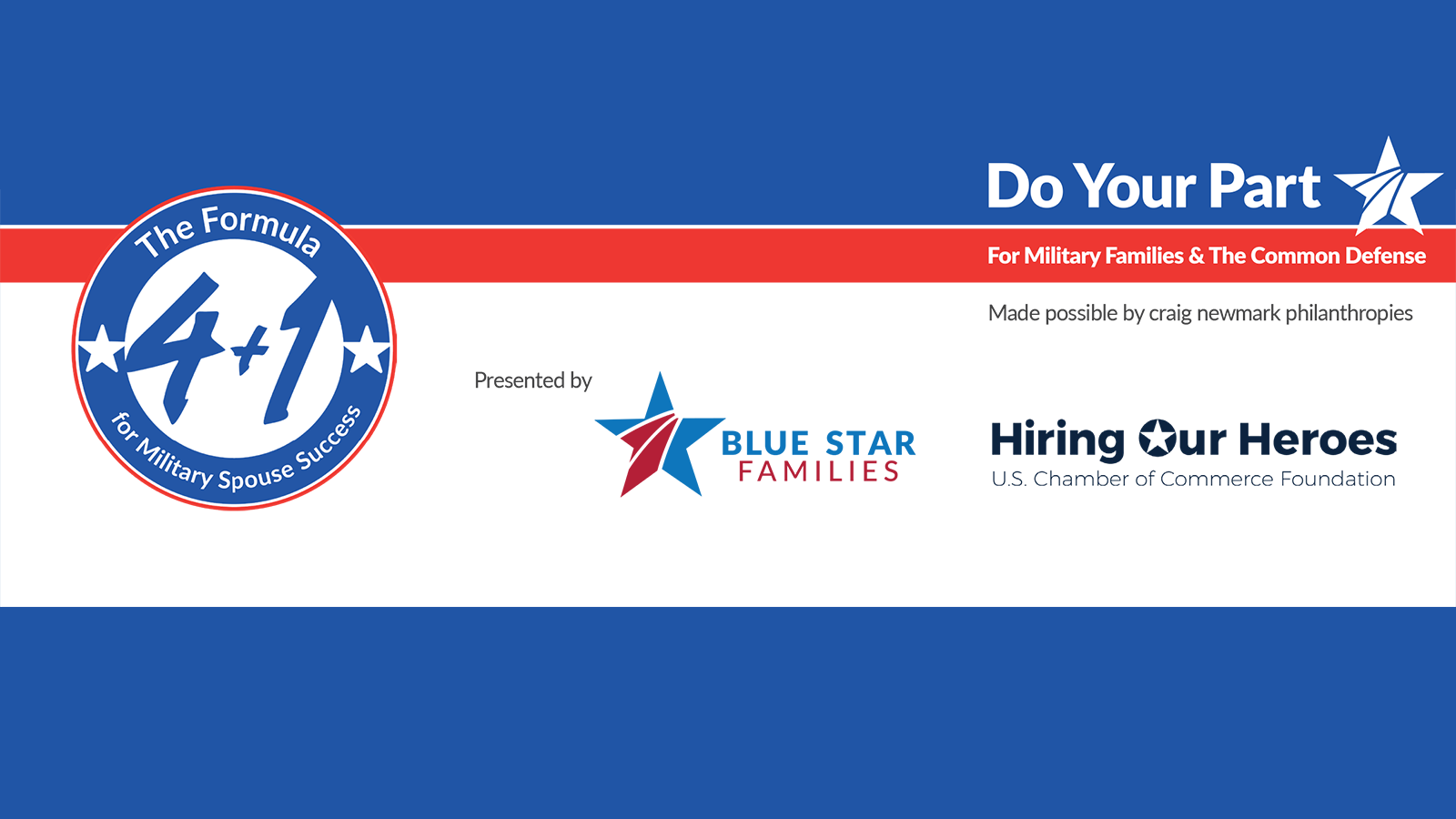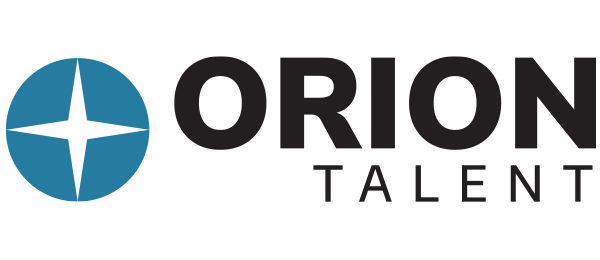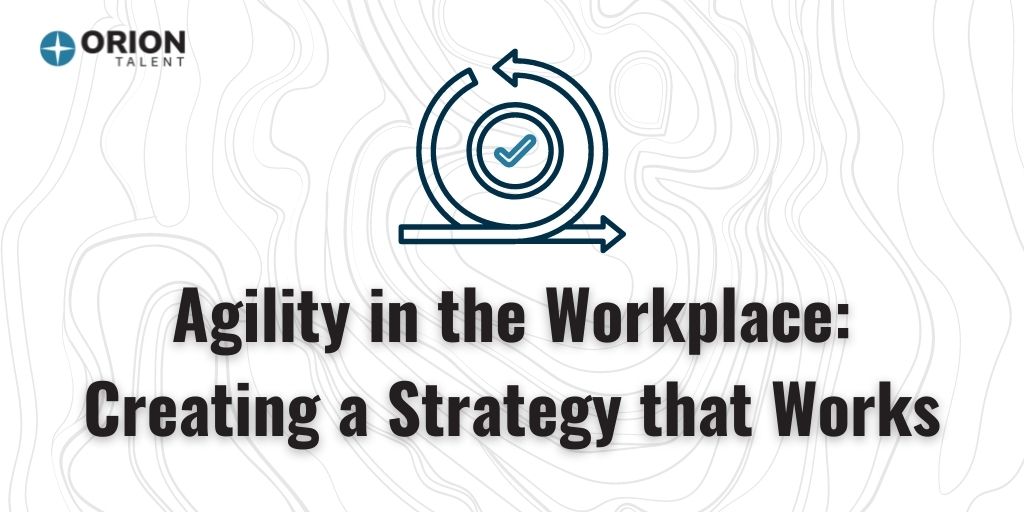
The world of work has transformed over the last couple of years. Remote work, flexible hours, employee well-being, and an erratic market have made workplace agility an increasingly interesting concept to businesses looking to stand out and gain a competitive edge.
What is Workplace Agility?
Workplace agility is a company’s ability to adapt swiftly and cohesively to the changing needs of the market. Agility can be adopted at scale or on the team level. The former is the preferred agility approach as explained here by a recent McKinsey report:
“This means reimagining the entire organization as a network of high-performing teams, each going after clear, end-to-end business-oriented outcomes, and possessing all of the skills needed to deliver, such as a bank boosting the performance of customer journeys; a retailer analyzing turns and earns of product categories; a mining company reviewing production- and safety-process steps; an oil and gas company planning wells; a machinery player undertaking full product management, from R&D to go-to-market; or a teleoperator simplifying products. The teams are essentially interconnected mini businesses, obsessed with creating value rather than just delivering functional tasks.”
Overall, the goal of workplace agility is increased productivity and engagement levels, which are attained through quick adaptation in scale, technology, people, and mission. As McKinsey reports, successful agile transformations delivered around 30% gains in efficiency, customer satisfaction, employee engagement, and operational performance.
What are some examples of workplace agility in action?
Hiring contingent workers is an excellent example of workplace agility. No matter the position, when you engage with a contingent workforce, you are able to scale efficiently and cost-effectively. When facing volatile operational and supply chain demands the ability to deploy talent quickly and at scale is key to agility. Additionally, permanent employees will appreciate the support and the ability to flex to meet current demands.
Remote work and flexible schedules are other examples of workplace agility. With these policies, it isn’t about traditional hours or offices but about letting your team produce on their schedule.
Workplace agility also means empowering employees with the ability to engage across higher levels of the business - flattening the org chart.
When seen as a whole, these examples illustrate how workplace agility contributes to the diversity at a company. Whether for contingent or permanent roles, the ability to hire the person with the right skills to work when it is best for them opens up a much wider and more diverse talent pool.
How can you improve your workplace agility?
-
Leaders take action. Trust and a collaborative spirit must be displayed from the top down. By empowering employees to make decisions on the fly and removing the temptation to micromanage, you create the room to innovate.
-
Encourage creativity. Matt Ridley once said, “Innovation is the child of freedom and the parent of prosperity.” Encourage innovation by providing the freedom and resources your employees need to experiment and even fail.
-
Speed up decision-making. Don’t create a bureaucracy where every little change requires a form in triplicate. True empowerment means employees can swiftly assess a situation and make appropriate decisions then and there.
-
Ensure agile staffing. Consider how your teams are structured. Perhaps a contingent workforce where you bring on only the people with the skills you need when you need them could help with agility.
-
Encourage collaboration. Leverage the latest technology and hold team-building activities to ensure collaboration across all departments. The days of siloed companies are over and those holding to this traditional structure are stifling agility.
The Opportunity for Transformation
This Forbes article advises that companies view unanticipated change as an opportunity for transformation; and that, in a nutshell, is workplace agility. By following the steps laid out above, you will be able to proactively address changes in your business, talent market, industry, or economy, anticipated or not, with agility. This agility will not only keep your business afloat but allow you to ditch entrenched practices and innovate your way to success.
Archives
- December 2025
- November 2025
- October 2025
- September 2025
- August 2025
- July 2025
- June 2025
- May 2025
- April 2025
- March 2025
- February 2025
- October 2024
- May 2024
- March 2024
- February 2024
- January 2024
- December 2023
- November 2023
- October 2023
- September 2023
- August 2023
- July 2023
- June 2023
- May 2023
- April 2023
- March 2023
- February 2023
- January 2023
- December 2022
- November 2022
- October 2022
- September 2022
- August 2022
- July 2022
- June 2022
- May 2022
- April 2022
- March 2022
- February 2022
- January 2022
- December 2021
- November 2021
- October 2021
- September 2021
- August 2021
- July 2021
- June 2021
- May 2021
- April 2021
- March 2021
- February 2021
- January 2021
- December 2020
- November 2020
- October 2020
- September 2020
- August 2020
- July 2020
- June 2020
- May 2020
- April 2020
- March 2020
- February 2020
- January 2020
- December 2019
- November 2019
- October 2019
- September 2019
- August 2019
- July 2019
- June 2019
- May 2019
- April 2019
- March 2019
- February 2019
- January 2019
- December 2018
- November 2018
- October 2018
- September 2018
- August 2018
- July 2018
- June 2018
- May 2018
- April 2018
- March 2018
- February 2018
- January 2018
- December 2017
- November 2017
- October 2017
- September 2017
- August 2017
- July 2017
- June 2017
- May 2017
- March 2017
- February 2017
- January 2017
 RSS Feed
RSS Feed

